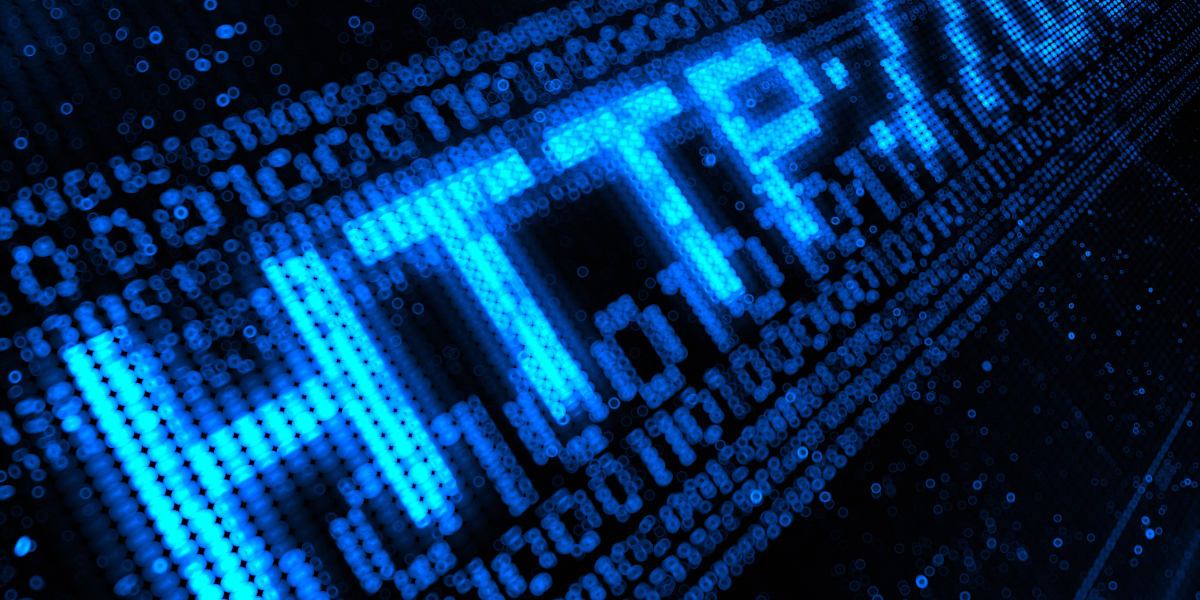An IP address is basically a set of numbers that are used to identify the device connected to the network server, as all devices are assigned numbers. It assists the devices to discover and talk to each other in the network system. It is also necessary to open pages on the Internet, access applications or mail. The two common types include IPV4, which is the older and common application and IPV6, which is newer and help to support more gadgets. Knowledge of the fundamentals of how many bits in an IPV4 address will assist persons and businesses in managing networks in a better manner. It also sets the stage for improved security, uninterrupted connection and intelligent usage of online services.
How Many Bits in an IPV4 Address?
IPV4 address consists of 32 bits. The 32 bits are allocate into 4 parts, naming them as octets, and each octet forms 8 bits. Every IPV4 address has a system of four numbers that are divide by periods, e.g., 192.168.1.1. All those numbers can range between 0-255.
The IPV4 addresses can be compared to license plates of devices connected to the web. Just like each car has a special plate to be recognised on the road, all the gadgets must also have a special IP address to converse and transact on the internet. This makes us understand better how the internet operates behind the scenes, as well as the spectrum of the importance of address space.
Insights About the Structure of an IPV4 Address
IPV4 address refers to a special number assigned to identify devices on a network. It is in the form of a dotted decimal notation, e.g. 192.168.0.1. This is a format used to divide the address into four units, termed octets, separated by dots. One octet is equal to 8 bits or 1 byte, so the overall IPV4 address will be 32 bits each.
The IPV4 addresses also have a binary representation behind the scenes. As an illustration, 192.168.0.1 equals 11000000.10101000.00000000.00000001 in binary. The importance of learning this binary structure in networking is that most processes under this work depend on it, such as subnetting or routing.
When you are buying IPV4 block for networks, you should know how to convert a base from decimal to binary. This helps the network professionals to read and troubleshoot configurations. Being aware of the two formats enhances your understanding of the passage of data through systems.
Why Does an IPV4 Address Have 32 Bits?
IPV4 address contains 32 bits as it was developed to give any device in a network a unique address. These 32 bits are divided into four parts, which are referred to as octets, each of which takes 8 bits. That makes more than 4 billion addresses possible. When IPB4 was developed, this amount was far in excess. It is easily understandable, and its format is very simple. This is one of the reasons why it was broadly accepted. Although the internet has experienced more than what IPV4 can support, its 32-bit format continues to support numerous networks in the present. That is the reason why IPV4 is still relevant despite the adoption of IPV6 as well.
What to Consider When Choosing Bits in an IPV4 Address?
1. Number of Devices on the Network
Consider the number of devices connected before you buy IPV4 address. The bits required in a small office will be fewer than those needed for a large business or data center. Prepare yourself to avoid running out of IP addresses on the network as it expands.
2. Type of Network Structure
Different type of networks requires varied address sizes. A home network will be able to use fewer bits, but a corporate or public network may need more. Aligning the network to the type of bit avoids wasting and maintains communication quickly and steadily.
3. Use of Subnetting
Subnetting is the process of splitting an IP address into small portions. It helps in the movement of traffic and enhances security. Selecting the appropriate number of bits enables us to have more control of each subnet, making it manageable, giving more flexibility in case of handling various departments or various areas of the bigger network.
4. Future Network Growth
Future growth needs proper planning in advance. An overly minimal selection of bits can constrict the capacity to grow and would eventually need modifications as time passes. If you are using a network based on vast systems, you should update it with extensive bits over time.
FAQs: Common Questions People Often Ask
1. What is subnetting in IPV4?
Subnetting involves logical partitioning of a greater IP network into smaller segments or subnets. This is possible with the help of subnet masks for better controlling and effectively utilize the IP addresses.
2. Is IPV4 still popular in modern days?
IPV4 is still the most popular protocol for modern communication. It is popular for its relative simplicity and its far-reaching infrastructure.
3. What happens when the IPV4 addresses run out?
To make the most of the scarce IP space, organizations resort to IPV4 address trading, leasing, or they can make use of NAT (Network Address Translation). To counter this, the use of IPV6 is also becoming common.
4. Where can I purchase/ lease IPV4 addresses?
IPV4 addresses can be purchased or leased over the trusted and reliable marketplaces such as IPV4 TradeHub, where the transactions are safe and compliant.
Secure Your Digital Future: Buy with Confidence at IPV4 TradeHub!
Need IPV4 addresses for your growing network? Don’t let scarcity slow you down. At IPV4 TradeHub, we specialize in safe, transparent IPV4 buying, selling, and leasing. Backed by a team of experts and global partnerships, we make acquiring IPV4 addresses fast and risk-free. Whether you are an enterprise, ISP, or broker, our platform is your gateway to reliable IPV4 resources.
